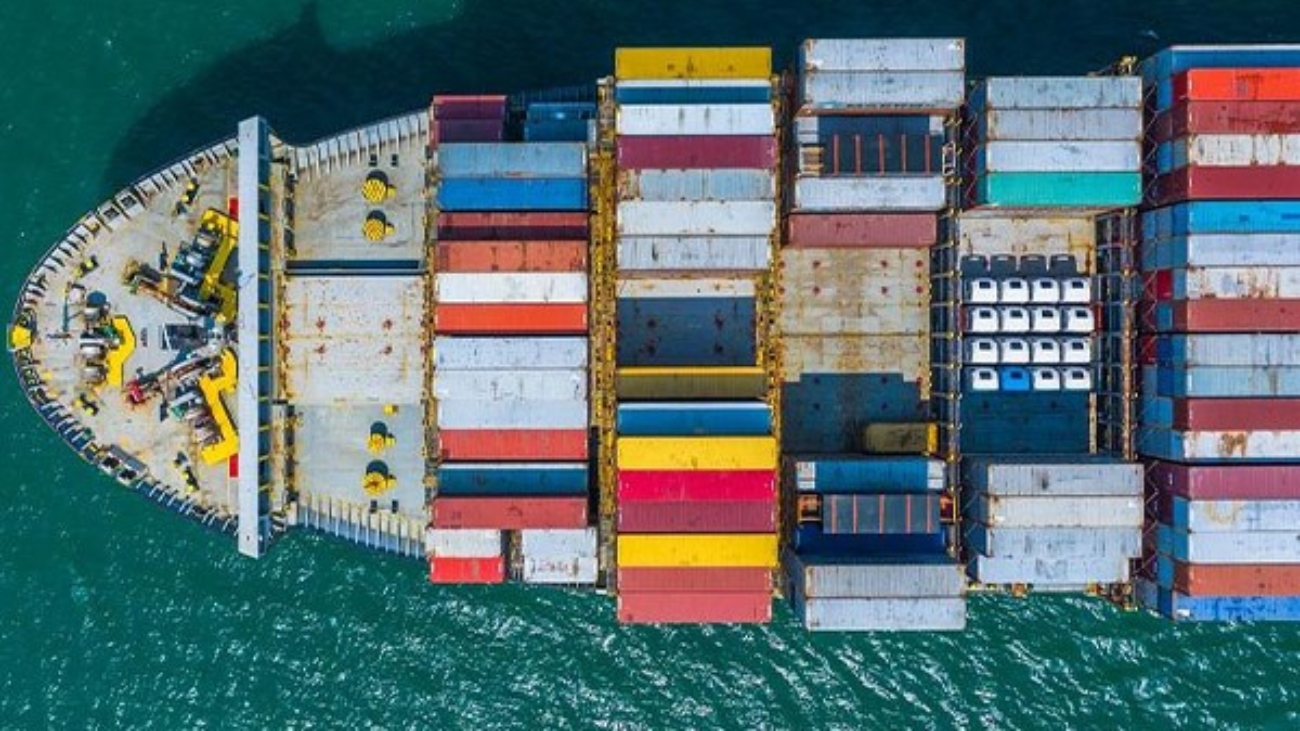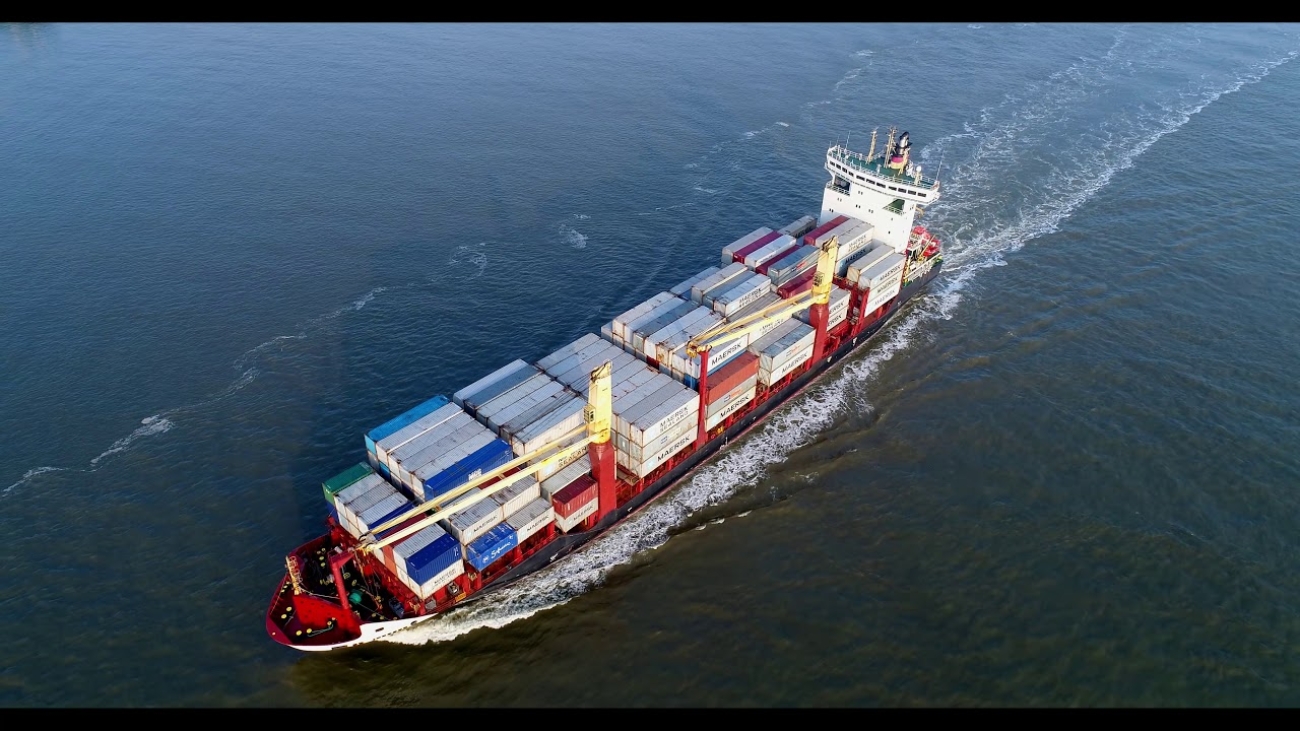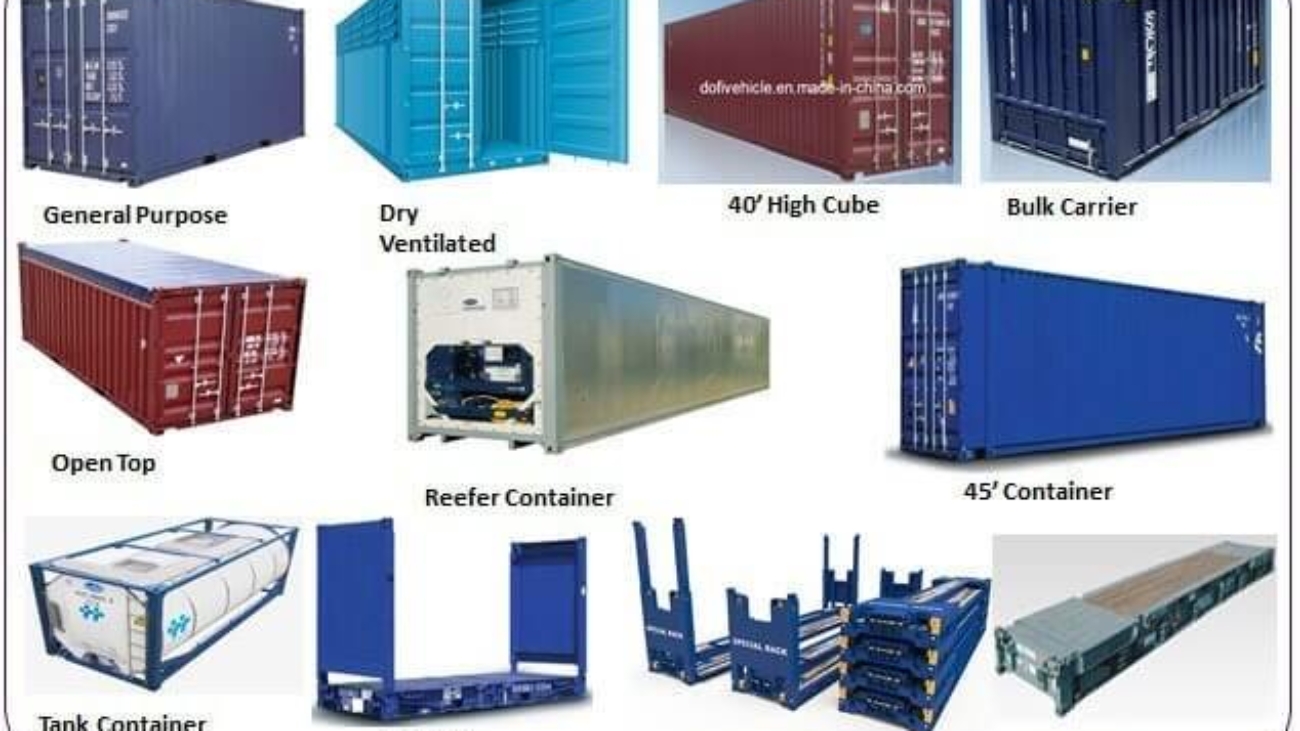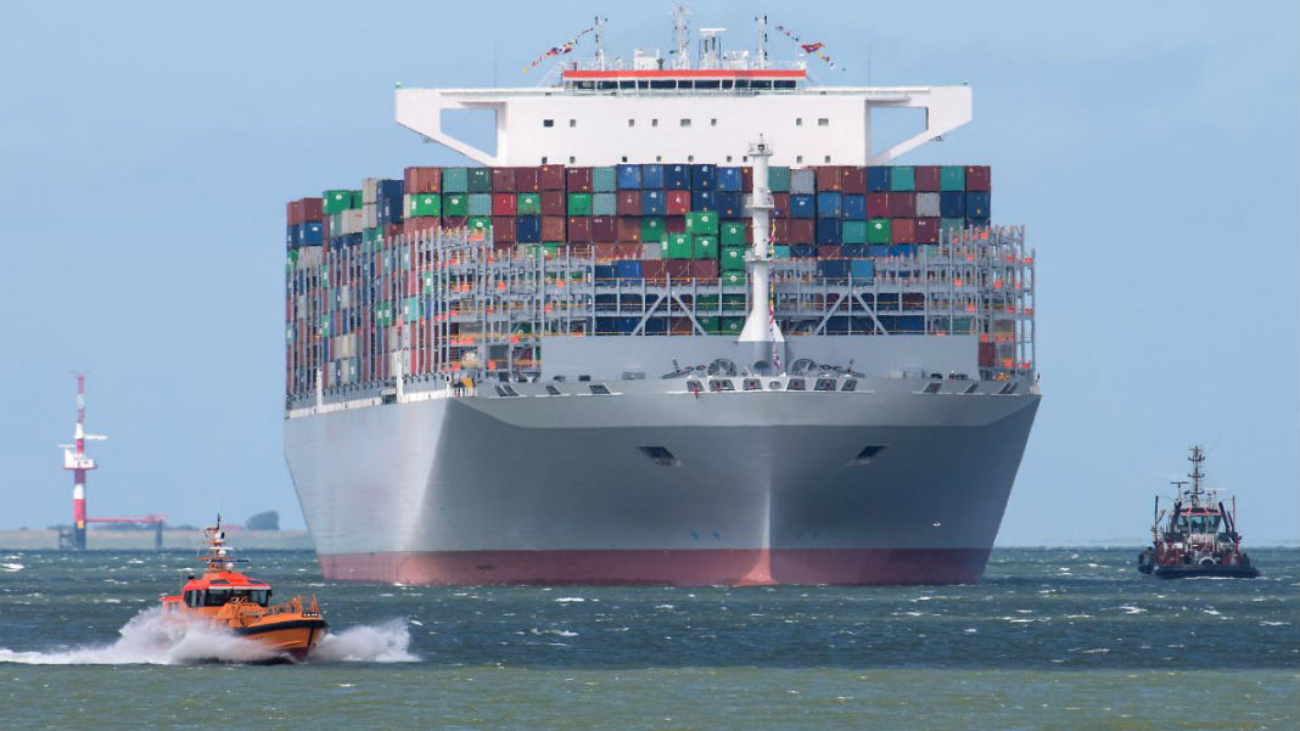Cargo Tracking and Management Systems in Transportation
Tracking in transportation has become one of the essential needs in the logistics industry. With the increase in trade volume and goods transportation, maintaining accuracy and transparency in monitoring shipment routes has gained significant importance. Cargo tracking and management systems refer to technical and software solutions designed to monitor, manage, and optimize the movement of shipments throughout the supply chain.
The supply chain comprises a set of processes and networks that transfer raw materials, goods, and services from the production point to the final destination. These tracking systems in transportation utilize sensors, GPS tracking systems, RFID, cloud-based software, and data analytics, enabling companies to track the precise location, condition, and environmental circumstances of their shipments. These capabilities help companies gain better control over their logistics operations, enhance efficiency, and prevent potential issues within the supply chain.
Using GPS and RFID Technology for Cargo Tracking
Tracking systems in transportation rely on two primary technologies: GPS and RFID. Each of these technologies has specific applications and features that improve cargo tracking operations.
Why is GPS Essential for Cargo Tracking?
GPS (Global Positioning System) technology, using positioning satellites, provides precise location tracking of shipments anywhere in the world. This system is especially useful for tracking vehicles, ships, and airplanes. By integrating GPS with other systems like the Internet of Things (IoT), complete monitoring of shipment movement and routes becomes possible. Key advantages of GPS tracking include:
- High Accuracy: GPS can locate shipments within a few meters, allowing shippers to precisely manage delivery times and current positions.
- Global Tracking: As a satellite-based system, GPS works in most parts of the world, enabling companies to monitor their shipments even on international routes.
- Real-Time Updates: Companies can check shipment locations at any time and take necessary actions in case of any changes.
These features make GPS a vital tool for transportation tracking, particularly in supply chain management and route optimization.
The Role of RFID in Improving Cargo Tracking Processes
RFID (Radio Frequency Identification) is another effective method for managing and tracking shipments, commonly used in sectors like container shipping. Unlike GPS, RFID relies on radio waves for data transmission and performs well in confined and controlled spaces (e.g., warehouses). Benefits of RFID include:
- Simplified Warehousing: With RFID tags on shipments, companies can automatically control the entry and exit of goods and update warehouse inventories in real time.
- Reduced Human Error: Using RFID systems eliminates the need for manual recording of goods movement, minimizing the risk of errors.
- Enhanced Security: RFID helps companies track the exact location of shipments within confined spaces, enabling swift action in cases of theft or unauthorized movement.
In summary, combining these two technologies (GPS and RFID) allows companies to monitor the status and location of their shipments with precision and speed, avoiding potential issues in the supply chain.
Benefits of Real-Time Tracking for Transportation Companies
The use of real-time tracking technologies in the transportation industry offers numerous benefits not only for companies but also for customers and end-users. Key advantages include:
- Enhanced Transparency in Logistics Operations: With real-time information about the location and condition of shipments, companies can better plan their operations and avoid delays and unexpected issues.
- Cost and Resource Optimization: Accurate data on routes and vehicle statuses enables companies to choose more efficient routes, reduce downtime, and ultimately lower transportation costs.
- Improved Customer Satisfaction: Providing precise updates about order status and ensuring on-time delivery help companies increase customer satisfaction.
- Reduced Security Risks and Theft: Continuous monitoring of shipments prevents theft and tampering. Some systems even provide automatic alerts in case of deviation from the specified route.
Challenges and Barriers to Implementing Cargo Tracking and Management Systems
While implementing tracking systems in transportation can significantly improve company performance, it comes with certain challenges:
- High Initial Costs and Specialized Equipment: The costs associated with purchasing and installing tracking equipment like GPS, RFID, and IoT sensors may be significant, especially for small and medium-sized enterprises.
- Technical Complexity and Infrastructure Needs: Integrating tracking systems with other management and information systems requires technical expertise and infrastructure, posing challenges in adapting and effectively using these systems.
- Privacy and Data Security Concerns: Tracking systems use location and condition data, which may raise privacy concerns. Companies must adopt measures to ensure sensitive information is safeguarded and protected from unauthorized access.
The Role of Tracking Systems in Enhancing Customer Experience
One of the main goals of transportation companies in implementing tracking systems is to improve customer experience and satisfaction. Real-time tracking systems provide customers with transparent information, building trust in the services offered.
Emerging Solutions in Cargo Tracking and Management
With technological advancements, new solutions are emerging to enhance tracking and management systems. These solutions, often based on intelligent technologies, improve accuracy and efficiency in transportation management.
Transportation Management Software (TMS)
One of the effective tools for cargo management is Transportation Management Systems (TMS), which help companies precisely and automatically manage transportation processes. The benefits of TMS include:
- Route Planning: TMS facilitates optimal route planning, reducing time and costs.
- Real-Time Tracking: With TMS, companies can track shipments in real time and respond promptly to delays or issues.
- Cost Management: These software systems help companies monitor transportation costs and find optimal solutions to reduce expenses.
TMS software collects and analyzes data alongside transportation tracking to help managers make better decisions and improve operational efficiency.
Using Artificial Intelligence (AI) and Machine Learning (ML)
AI and ML are increasingly used in the transportation industry. These technologies analyze large datasets and provide intelligent patterns, enabling companies to track and manage shipments more accurately and predictively. Benefits of AI and ML in transportation tracking include:
- Predicting Optimal Routes: AI analyzes data on routes and road conditions to help companies choose more efficient paths.
- Predicting Delivery Times: ML uses historical data and current conditions to provide more precise delivery time estimates.
- Cost Reduction and Efficiency Improvement: AI and ML algorithms help companies reduce operational costs and enhance overall system efficiency.
Future of Tracking in Transportation and Advanced Technologies
In recent decades, the use of modern technologies in the transportation industry has significantly increased, making tracking systems an integral part of this sector. These systems enable transportation companies to monitor their shipments with precision, enhancing transparency and customer satisfaction.
However, this is just the beginning. The future of tracking systems in transportation looks brighter with the use of advanced technologies like AI, IoT, and Blockchain. Each of these technologies contributes uniquely to improving tracking and management systems. For instance:
- IoT can provide continuous and precise monitoring of goods’ conditions, while
- AI offers predictive capabilities for optimizing routes and schedules.
Blockchain’s Role in Data Security
A critical concern in transportation tracking is data security and protecting sensitive information. Blockchain technology ensures data security through a transparent and immutable network, offering the following benefits:
- Preventing Data Tampering: Blockchain allows data to be recorded in an unalterable format, preventing unauthorized changes.
- Enhancing Transparency in Supply Chains: Blockchain provides customers with visibility into every stage of the transportation process, fostering greater trust.
Conclusion
In conclusion, tracking systems in transportation—especially maritime transportation—play a crucial role in improving industry processes. With advanced technologies like GPS and RFID, transportation companies have achieved high levels of accuracy and efficiency in managing their shipments. In the future, broader adoption of AI, IoT, and Blockchain will further enhance these systems, allowing companies to deliver better and more transparent services to customers.
Tracking is no longer just a need in transportation; it has become a core strategy for improving performance and customer satisfaction. By investing in these technologies and embracing new innovations, companies can position themselves as leaders in the transportation industry, leveraging these tools to optimize supply chains and reduce costs.







